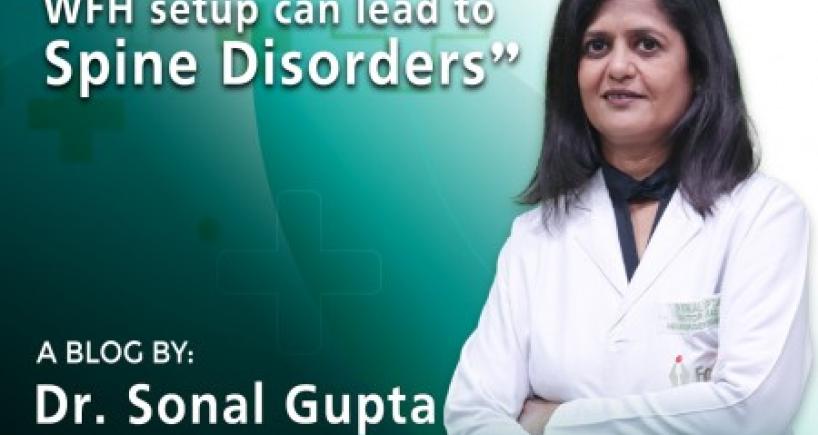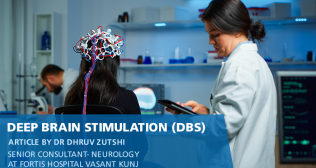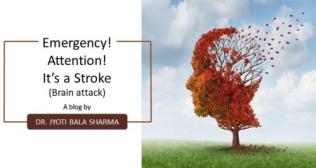
Wfh Setup Can Lead To Spine Disorders
WORK FROM HOME(WFH) AND SPINE DISORDERS Work from home (WFH)is a new culture all over the world. Due to the unprecedented pandemic, outdoor games for kids have become majorly restricted and it has led to increased screentime for children. They are spending a huge time of their days on video games and social media platforms. At the same time, online classes of schools have significantly increased screen time for students. Naturally, there has been a significant rise in the incidence of neurological disorders related to excessive usage of computers. Some of the issues are neck pain, back pain, and carpal tunnel syndrome. These are also grouped into WORK-RELATED MUSCULOSKELETAL DISORDERS(WRMSD). WORK-RELATED NECK PAIN- WRNP The term WRNP is related to “computer” refers to desktop and laptop or notebook, display screen units or terminals, which include the utilization of keyboards and pointing devices. While sitting in front of a video displaying device or work-related devices like a computer or laptop, we tend to slouch forward. Though initially, we may feel comfortable sitting in this manner. But, in the long run, allowing our head to drop this way results in stretching out several muscles in our back and neck and allows our chest to tighten. It has been estimated that the prevalence of WRNP in computer users ranges as high as about 23.5% for a six-month incidence to an annual incidence of almost 34.4%. People who suffer from chronic neck pain, use the health care system twice as often as the rest of the population. So, it is crucial to consider the public health and financial implications of chronic neck pain. Various studies have found that female computer users, individuals above the age of 30 years do have higher chances of developing WRNP, though it peaks in 4th and 5th decade. People who spend more than 95% of their working hours on computer have almost double the risk of developing WRNP. Being physically active on a daily basis during leisure time reduces the odds of experiencing upper body WRMSDs and is associated with almost twice the odds of not having neck pain. Frequent microbreaks of 30 seconds once every 20 to 40 minutes is an effective way to get rid of WRNP. Primary prevention of WRNP should be the chief objective. In order to prevent this condition, it’s better to take action before it becomes a problem:
- Physical exercise
- Designing workstations to reduce neck flexion and slouching
- Mini and Microbreaks during work hours
- Ergonomic counselling of employees
Secondary prevention is directed at preventing disability in people who have a symptomatic disease in an effort to prevent disease progression or to offer rehabilitation. LOW BACK PAIN While on a daily basis, we do any sort of movement, our lumbar muscles play a major role. But when we do not sit properly in our computer chair, our muscle fibers might get twisted in an unnatural manner. This tissue can become inflamed and that can significantly result in a restriction in our mobility. Although this condition is quite common beyond the age of 40, due to the increased digital dependency among today’s generation, it has started growing in younger people as well. The only way that the issue can be prevented is if we can carefully maintain the correct seating posture.



















